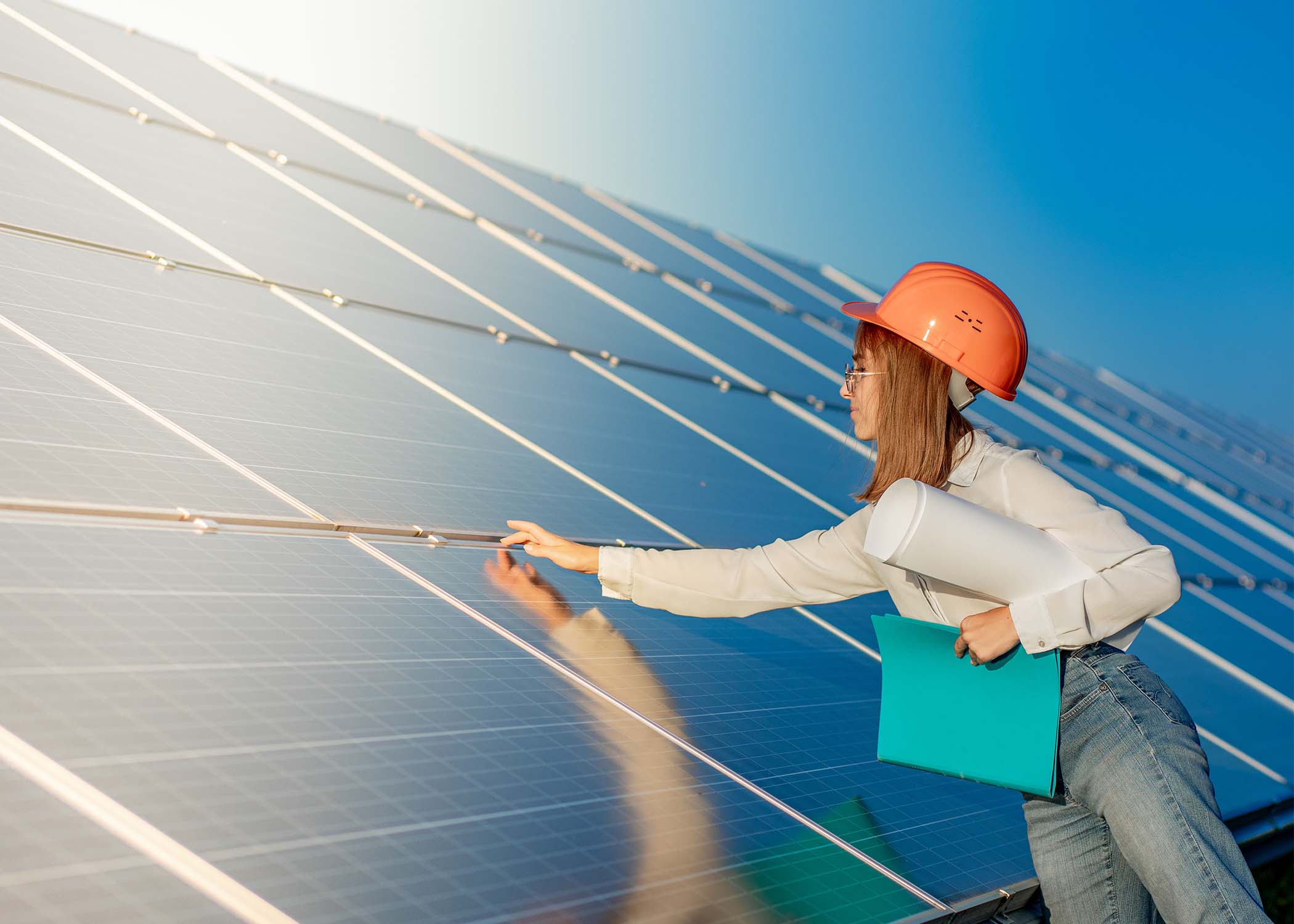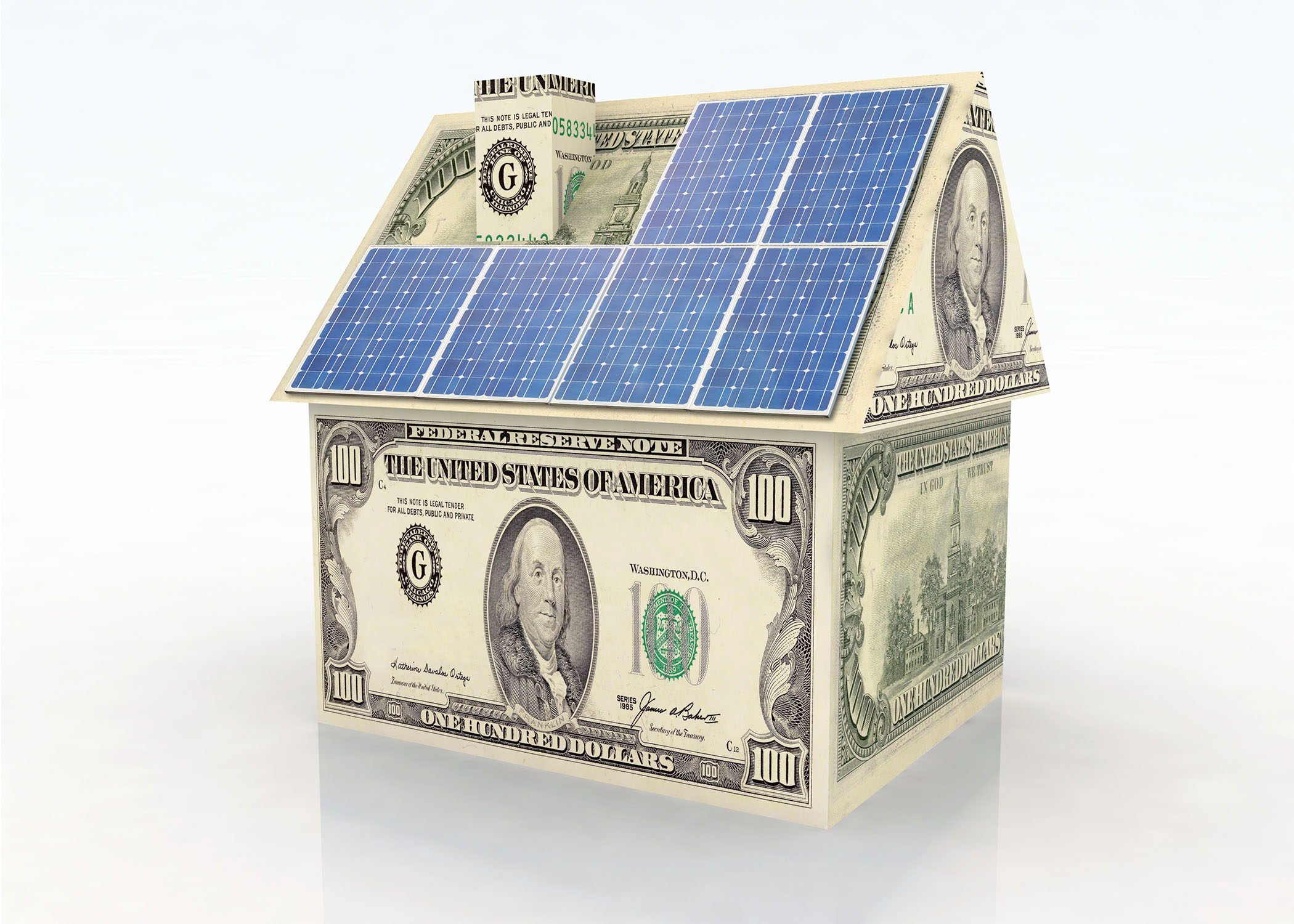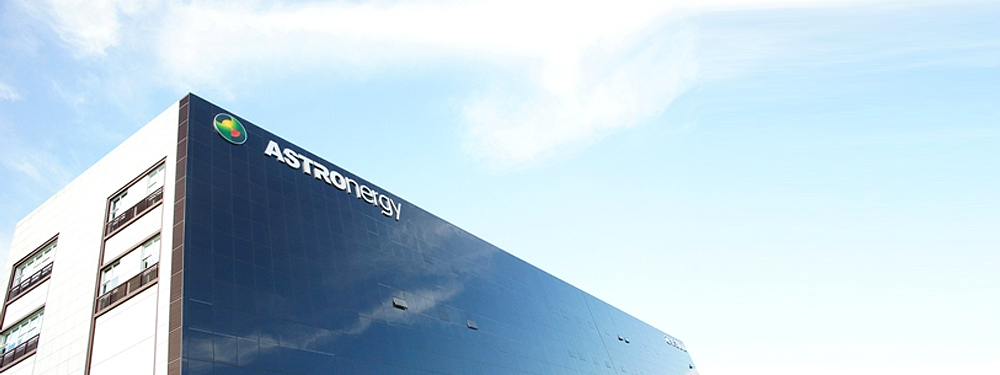Commercial solar panels are an excellent way for businesses to reduce – or even eliminate – their electric bill while utilizing clean energy.
Solar power can take electric costs virtually out of the equation with a commercial solar installation, which is great for minimizing overhead and improving cash flow.
Of course, there is the upfront cost of purchasing commercial solar panels.
But the total return on investment (ROI) on solar energy over time makes it a no-brainer.
It’s well known that burning fossil fuels is harmful to our environment.
Shifting to cleaner energy sources is becoming more critical.
If your business is thinking about installing a commercial solar system as an alternative energy source, there are essential things to consider.
Let’s check out some items to guide your decision.
How Sustainable Is a Commercial Solar System?
Switching to solar energy allows your business to reduce greenhouse gas emissions and minimize your dependence on fossil fuels.
Solar power decreases air pollution associated with oil and gas burning as a clean, renewable energy source.
In the United States, the electricity sector contributes about 29% of global warming emissions.
Commercial solar systems can offset hundreds of metric tons of carbon dioxide emitted by conventional energy methods.
To put things into perspective, coal emits 1.4 to 3.6 pounds of carbon dioxide per kilowatt-hour, while solar energy emits only 0.07 to 0.2 pounds of carbon dioxide per kWh.
This is a 70% decrease in carbon emissions.
Moreover, solar systems do not need a water source.
This means less water pollution and improved public health.
If your business opts for a commercial solar system, you will play an essential role in improving the overall health of our climate and our world.
Over time, solar systems can even contribute to more stable energy prices since solar power will become accessible and affordable.
What Is the Optimal Orientation for a Commercial Solar System?
The sun’s rays should strike your panels perpendicularly to maximize solar energy.
Therefore, when planning the orientation for your panels, consider the following:
- Direction: Your panels should face the direction of the Earth’s equator. If you are located in the Northern Hemisphere, face your panels toward the true south. If you are located in the Southern Hemisphere, face your panels toward the true north. Note that these directions are based on the longitudinal lines on a map, rather than the directions on a compass.
- Angle: The general rule is to tilt the panels at an angle equal to geographical latitude. For example, if you are located at 25 degrees latitude, set your panels at a 25-degree panel. If you live in an area that accumulates a lot of snow, tilting your panels at a sharper angle to prevent snow or debris buildup.
What Is Your Business’s Energy Goal?
When figuring out your business’s commercial solar system budget, consider your energy goals first.
- Are you aiming to offset your energy costs?
- Are you aiming to sell solar energy for profit?
You have several options.
Solar Carports
While solar carports charge electric vehicles, they can also provide energy to your business.
They can produce at least the same energy as standard roof-mounted solar systems.
Sometimes they can provide even more energy because they are easier to angle for maximum solar power.
Because they do not need additional land for installation, carports are good options for small businesses with small property lots.
Ground-Mounted Solar Panels
If your business has the advantage of acreage, ground-mounted solar panels are an option.
Ground installation affords the ideal tilt and direction for maximum sunlight, causing your panels to be more efficient.
You can further increase your panels’ efficiency by adding a dual-axis tracking system, increasing the electricity output by up to 40% compared to the fixed installation roof panels.
If you are thinking about installing your solar system on your own, ground-mounted systems are safer to install and maintain since you do not have to maneuver 40-lb solar panels on a rooftop.
Grid-Tied Systems
Commercial solar systems are usually grid-tied.
This means the system connects to the power grid, and any excess energy is sent back for clean energy credits (when you need to draw on the grid for power).
While there have been great strides towards more efficient solar panels, a grid-tied solar system is essential to provide your business with a means of backup energy.
What Is the Potential Cost of a Commercial Solar System?
Several factors determine a commercial solar systems sticker price, including:
- Size
- Components
- Design
- Labor and permit costs
Generally, you measure the overall cost in dollars per watt.
Currently, the average cost is $2 to $4 per watt.
For a 56.4-kW commercial system, the price ranges between $113,000 to $226,000 before applicable tax credits.
When choosing a solar panel installer for your business, the following are essential because of their financial impact.
- Solar Panel Efficiency: Efficiency is measured by the amount of electricity a panel can produce relative to the amount of sunlight it receives. Panels that can convert at least 20% of sunlight are considered highly efficient. The more efficient your panels, the less you will need to install.
- Battery Storage Capacity: Fewer battery changes equals less money spent.
- Warranty Packages: Note the damages that are covered under your warranty.
- Other Services Offered: Find out if your installer offers ancillary services for your solar system, including routine repairs and custom designs.
To determine how many solar panels your business needs for adequate power, it is essential to evaluate your current energy use.
Analyze at least six months to a year’s worth of electricity bills to get a better picture of your average daily energy use.
The larger the sample, the better your estimates will be.
Other factors to consider include:
- Space availability
- Local sun exposure levels
- Possible future expansions
- Natural solar panel wear and tear
If you are unsure about the number of solar panels to install or the type of solar unit you want, it’s best to contact an experienced solar installer to discuss your options.
Are There Legal Requirements for Installation?
Before installing a commercial solar system, confirm the permits and legal documentation you need to ensure that you are compliant with your area’s safety and zoning requirements in your area.
Fortunately, your solar panel installer completes most of the necessary paperwork.
However, it is prudent to know what you need rather than blindly depending on your solar company.
You will need to file for the following:
- Electrical and building permits
- Interconnection agreement with your local utility company
- Applications for state and/or federal solar incentive programs
Completing applications for solar incentive programs is especially important since you can potentially receive tax credits, rebates, or other financial assistance to curb installation costs.
Some tax credits can cover the cost of solar panels, labor, equipment, energy storage devices, and even certain sales taxes.
Remember that all the necessary legal documentation may take several weeks or more to complete.
Once your commercial solar system is in place, you may need a government representative to issue a “permission to operate.”
This PTO ensures that your system has proper wiring and electrical work.
A utility representative will also interconnect your system to the power grid.
What Kind of Profit Can You Expect from a Commercial Solar System?
While a sizable investment is needed to build a commercial solar system, solar incentives and tax breaks accelerate your ROI.
Solar Investment Tax Credit
The solar ITC is a federal tax credit introduced in 2006.
Eligibility is based on a “commence construction” standard qualified by either of the following methods:
- The Physical Work Test: Your business can prove that it is starting physical work of “significant nature.”
- Five Percent Safe Harbor Test: Your business can prove that it is paying 5% or more of the total facility cost in the year that construction started.
There is the Continuity Requirement for both of these tests.
Projects should be completed or placed in service by the end of the fourth calendar year after construction began.
If the project remains unfinished within that time, disruptions prevent a business from “failing” this requirement.
Qualifying disruptions include:
- Severe weather conditions
- Natural disasters
- Permit delays
- Supply shortages
The credit rates are based on construction start dates as follows:
- 26% for projects that started on or before December 31, 2020
- 22% for projects that started on or before December 31, 2021
- 10% for projects that started on or before January 1, 2022
The Modified Accelerated Cost Recovery System (MACRS)
Established in 1986, this is depreciation method allows businesses to recoup investments in specific properties through annual tax deductions.
The cost recovery period for qualifying solar energy equipment is five years.
MACRS enables businesses to invest in solar energy systems comfortably.
Solar Renewable Energy Credits (SREC)
A solar renewable energy certificate is a performance-based solar incentive that allows you to earn income from solar electricity.
Due to renewable portfolio standards, utility companies must produce a specific amount of electricity from renewable resources.
Some utilities purchase SRECs as proof that they either produce renewable energy or pay someone for it.
SREC markets exist only in states with a solar carve-out in which a portion of a state’s renewable energy goal must be met by solar energy.
Confirm if your state has a solar carve-out.
Net Metering
If your business adopts a commercial solar system, you may be eligible for net metering.
You can exchange your surplus solar energy for credits from your utility company to use during rainy weather or in the evenings through net metering.
There are two general net metering programs:
- Surplus energy is measured by your utility company and credit is added to your account to be applied to future utility bills.
- Surplus energy is measured by your electricity meter. Modern meters will tick up when you pull energy from the grid, usually in the evenings, and count down when your panels are producing surplus energy.
In either program, you will only pay your net consumption.
It is possible to reduce your annual electricity cost to zero if you accumulate enough surplus credits during sunny months to use during the darker winter months.
Note that net metering laws vary depending on your state.
Check if net metering is available in your area.
Reinvestment of Savings
Energy needs contribute a high cost to businesses.
And there’s no end in sight.
Utility rates are projected to increase over time.
Because the average lifespan of a solar panel is 25 years, a business can budget its energy costs years in advance.
The use of solar energy allows a business to offset most of its energy costs and reinvest money back into the company to increase its profit margin.
Where Can You Find a Quality Commercial Solar System for Your Business?
Installing a commercial solar system is no easy thing.
However, it does not have to be complicated.
At Unbound Solar®, we are committed to finding the best solution for your business and giving you the control to do it your way.
Whether your enterprise has the means to install a solar system or you prefer full-service installation, our team can cater to your vision.
From planning your design to figuring out permit logistics, we can make the installation of your commercial solar system a seamless process.
Contact us and become a part of the sustainability movement!



